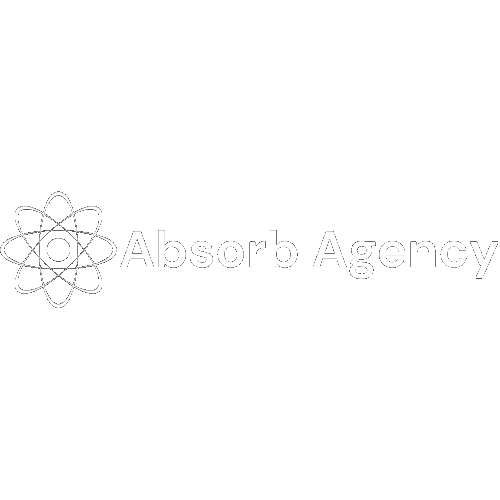The Secret That Transforms Good Ad Campaigns Into Great Ones
Imagine you’re a mad scientist in a lab, but instead of mixing chemicals, you’re experimenting with headlines, images, and buttons. Your goal? To create the perfect marketing formula that turns casual scrollers into loyal customers.
A lot of businesses throw ads out there and hope they’ll work.
The truth is, the campaigns that succeed all share one thing in common—they’ve been tested, fine-tuned, and perfected.
Guessing? That’s for amateurs.
I’m going to show you how to run ads like a professional marketer.
The Amateur Fallacy In Advertising
A friend of mine owns a small coffee shop, and she’d been running ads like most businesses do:
“Buy two, get one for free. Limited time only!”
It sounded like a good deal, but it wasn’t getting the results she hoped for. She’d spent time and money, but the customers weren’t coming in.
She called me, frustrated, “Why isn’t anyone showing up?”
She had been running this same ad for months.
You Think You Know Your Audience…
This isn’t just about coffee shops. Most businesses approach marketing like throwing darts blindfolded—they think they know what their audience wants but rarely test those assumptions.
People are weird. What you think will work often doesn’t.
Take a look at this example:
- Button A: “Learn More”
- Button B: “Get Started Now”
I could ask you now, which of these buttons would perform better in your opinion… but with all due respect: your opinion doesn’t matter.
No one’s opinion matters.
Data matters.
Data Matters
Every untested ad, email, or landing page bears an opportunity cost that most never think of.
Which is why we split-test every single variable in each of our marketing campaigns.
Let’s make this actionable.
Experiment Like a Scientist
Here’s how A/B testing works:
- Pick One Idea to Test: choose ONE element of your ad—headline, image, or call-to-action.
- Create Two Versions: version A is your original, and Version B has one clear change.
- Start the campaign: show each version to the same audience.
- Check the numbers: which of these two ads was more efficient?
- Pick a winner: make a data driven decision on which version to keep running.
- Repeat: take the winner and test another element of that very ad. Repeat steps 2-5.
IMPORTANT: Test one element at a time for clear, actionable results.
A Lot Of Work
Yes. This is a WHOLE lot of work.
Which is why marketing teams that sleep on this are massively underperforming.
The fallacy that you can just think of something clever, throw money at it, and expect results is classic amateur behaviour that will lead you to burning all of your ad-budget.
Want This Done for You?
Let’s make it happen. Drop me a message, and we’ll get started.
Talk soon,
Jovan

